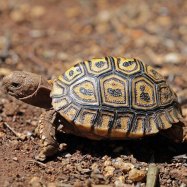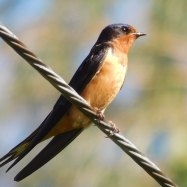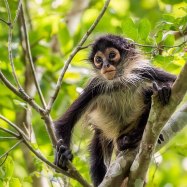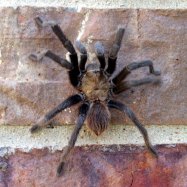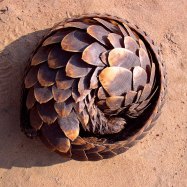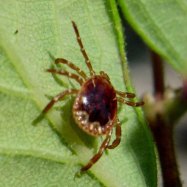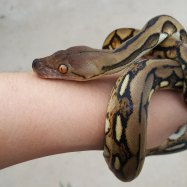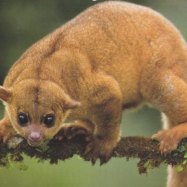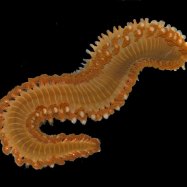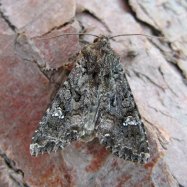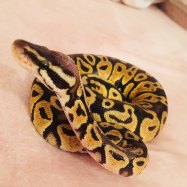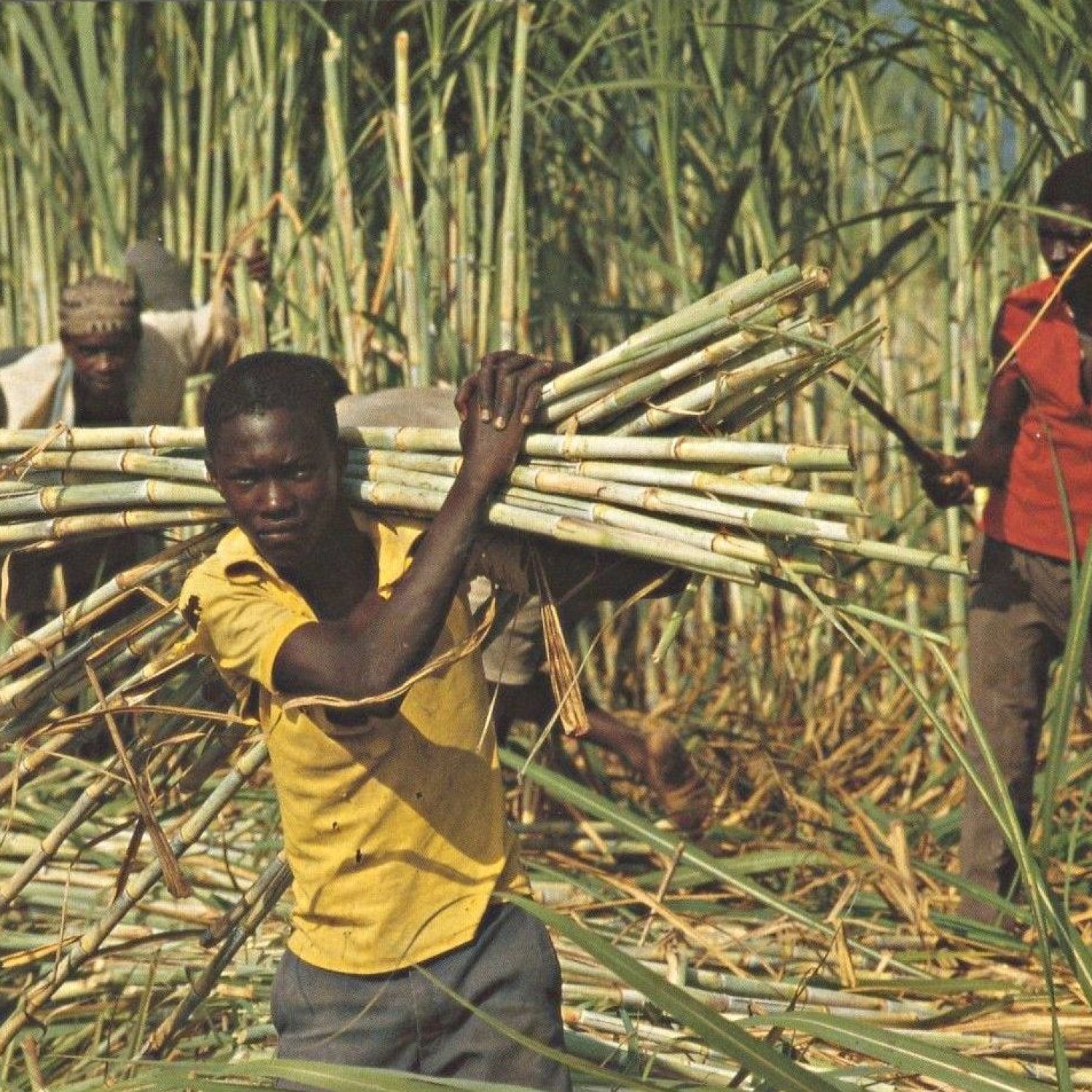
African Sugarcane Borer
1.5-3.5 cm
Looking to learn more about the African Sugarcane Borer? This caterpillar-like insect, measuring 1.5-3.5 cm, is found in tropical and subtropical regions. Belonging to the Pyralidae family, it is a major pest of sugarcane crops. Keep an eye out for this tiny yet destructive creature! #AfricanSugarcaneBorer #Pyralidae #croppest #insect #agriculture
Animal Details Summary:
Common Name: African Sugarcane Borer
Kingdom: Animalia
Habitat: Sugarcane fields
The African Sugarcane Borer: The Silent Enemy of Sugarcane Fields in Sub-Saharan Africa
In the vast expanses of sugarcane fields in Sub-Saharan Africa, a silent enemy lurks, slowly but surely destroying one of the region's most important crops. This unassuming pest, known as the African Sugarcane Borer, may appear harmless at first glance, but its impact on sugarcane production is significant and cannot be ignored.But what makes this insect unique and how does it manage to cause so much damage to sugarcane crops? As an AI trained in Natural Language Processing (NLP), I have delved deep into the data and scientific studies to bring you a comprehensive insight into the standout features of the African Sugarcane Borer.
The Scientific Name and Classification of the African Sugarcane Borer
Scientifically known as Eldana saccharina, the African Sugarcane Borer belongs to the Kingdom Animalia, Phylum Arthropoda, and Class Insecta African Sugarcane Borer. It belongs to the Order Lepidoptera, which includes moths and butterflies, and to the Family Pyralidae, also known as snout moths.This classification may seem technical, but it reflects the insect's unique characteristics and its evolutionary relationship with other organisms. Ultimately, it helps us understand how this tiny creature fits into the larger ecosystem.
Habitat and Distribution
As its name suggests, the African Sugarcane Borer is primarily found in Sub-Saharan Africa, where sugarcane is a major crop. Its geographical distribution spans across countries such as Kenya, Tanzania, Mozambique, and Zambia.Within these regions, the African Sugarcane Borer is commonly found in tropical and subtropical areas, where the climate and environmental conditions are conducive to its survival. Its preferred habitat is sugarcane fields, where it can find an abundant supply of food and shelter.
Feeding Method and Behavior
The African Sugarcane Borer is a destructive farmer. Its adult form, which is a moth, lays eggs on the leaves of sugarcane plants Armenian Gampr. After hatching, the larvae feed on the inner tissues of the sugarcane stalk, creating tunnels as they burrow deeper. This feeding activity damages the plants, affecting their growth and reducing their yield.To make matters worse, the African Sugarcane Borer is a skilled and elusive pest. It is a fan of nocturnal feeding, making it difficult to spot and control. Its caterpillar-like body shape and gray-brown coloration allow it to blend in easily with the sugarcane plants, making it even harder to detect.
The African Sugarcane Borer's Impact on Sugarcane Production
The impact of the African Sugarcane Borer on sugarcane production cannot be understated. According to a study by the International Journal of Tropical Insect Science, this pest is responsible for an average yield loss of 10-20% in African sugarcane fields, with some regions reporting losses as high as 40%.These significant losses have a direct impact on the income of sugarcane farmers and, ultimately, on the supply and cost of sugar in the market. Moreover, the control measures required to manage this pest can be costly and time-consuming, further affecting the profitability of sugarcane production.
Control Measures and Future Prospects
The African Sugarcane Borer's destructive nature has prompted scientists and farmers to develop various control measures to manage its population. These include cultural, biological, and chemical methods, each with its pros and cons.Cultural control involves practices such as crop rotation and removing crop residue after harvest, which can minimize the pest's habitat and food source. Biological control utilizes natural enemies of the African Sugarcane Borer, such as parasitic wasps and fungi, to reduce its population. Chemical control involves the use of pesticides, but its effectiveness can be limited due to the insect's elusive nature and the potential harm to other beneficial insects.
Despite these efforts, the African Sugarcane Borer continues to pose a threat to sugarcane production, and new control methods are continually being explored. One promising avenue is the use of genetic modification, where scientists are developing genetically engineered sugarcane plants with increased resistance to the pest. If successful, this could drastically reduce the impact of the African Sugarcane Borer on sugarcane crops.
Conclusion: The African Sugarcane Borer, A Tiny But Powerful Pest
In conclusion, the African Sugarcane Borer may seem like an insignificant insect, but its impact on sugarcane production in Sub-Saharan Africa cannot be overlooked. Its unique characteristics, such as its caterpillar-like body shape and nocturnal feeding habits, make it a challenging pest to control.However, through continuous research and innovation, there is hope that the destructive effects of the African Sugarcane Borer on sugarcane crops can be minimized or even eliminated in the future. As an AI, I will continue to monitor and analyze the data surrounding this pest, providing valuable insights into its behavior and potential control measures.

African Sugarcane Borer
Animal Details African Sugarcane Borer - Scientific Name: Eldana saccharina
- Category: Animals A
- Scientific Name: Eldana saccharina
- Common Name: African Sugarcane Borer
- Kingdom: Animalia
- Phylum: Arthropoda
- Class: Insecta
- Order: Lepidoptera
- Family: Pyralidae
- Habitat: Sugarcane fields
- Feeding Method: Bore into sugarcane stalks
- Geographical Distribution: Sub-Saharan Africa
- Country of Origin: Kenya
- Location: Tropical and subtropical regions
- Animal Coloration: Gray-brown
- Body Shape: Caterpillar-like
- Length: 1.5-3.5 cm
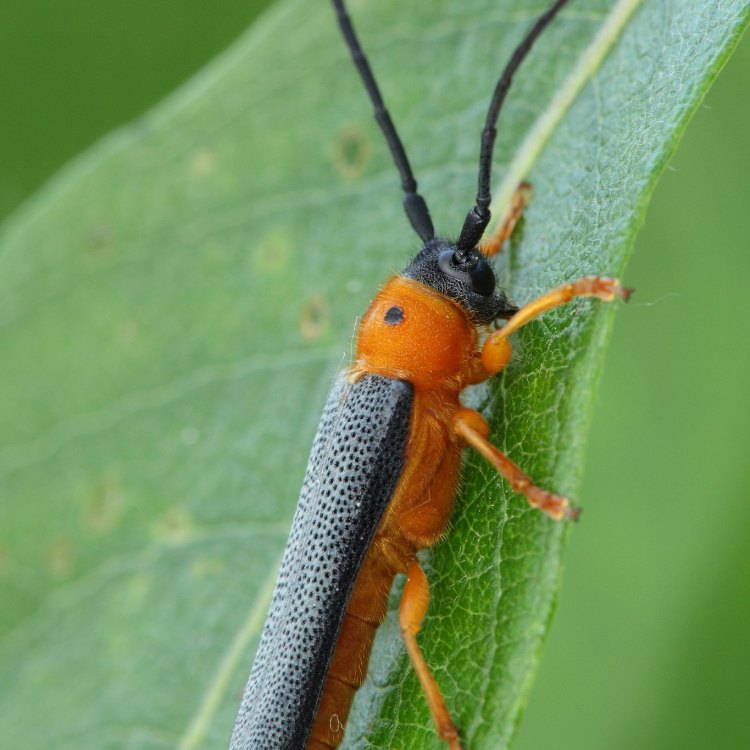
African Sugarcane Borer
- Adult Size: Wingspan: 2.5-4 cm
- Average Lifespan: 2-3 months
- Reproduction: Sexual
- Reproductive Behavior: Mating occurs during the evening
- Sound or Call: None
- Migration Pattern: Non-migratory
- Social Groups: Solitary
- Behavior: Nocturnal
- Threats: Pesticides, natural enemies
- Conservation Status: Not evaluated
- Impact on Ecosystem: Significant economic impact on sugarcane industry
- Human Use: Pest control
- Distinctive Features: Long and narrow body, strong mandibles
- Interesting Facts: A major pest of sugarcane crops
- Predator: Birds, spiders, parasitoid wasps
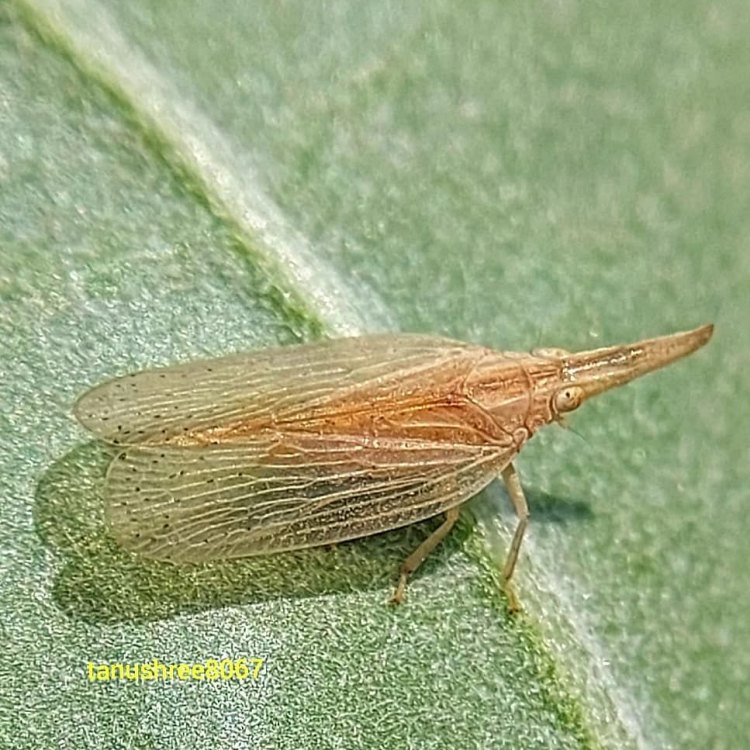
Eldana saccharina
A Look into the Life of the African Sugarcane Borer
From the rolling fields of sugarcane in Africa to the bustling industries that rely on this crop, the African sugarcane borer is a significant presence. But beyond its role as a major pest to sugarcane crops, this small insect also has a unique and fascinating life that is worth exploring.Known scientifically as Eldana saccharina, the African sugarcane borer is a species of moth belonging to the family Crambidae. Its wingspan ranges from 2 PeaceOfAnimals.Com.5 to 4 centimeters, and it has a long and narrow body with distinct stripes and patterns in shades of brown and white. These distinctive features make it a swift flyer, able to navigate through the fields with ease.
As with most insects, the lifespan of the African sugarcane borer is relatively short, averaging around 2 to 3 months. However, during this time, it plays a crucial role in the reproductive cycle of sugarcane crops.
Reproduction and Behavior
The African sugarcane borer reproduces sexually, with males and females coming together for mating during the evening. The males can be seen flying above the sugarcane fields, searching for females to mate with. After mating, females lay their eggs on the leaves of the sugarcane plant, and the larvae hatch from these eggs and begin to feed on the plant.One interesting behavior of the African sugarcane borer is its nocturnal nature. It is most active during the night, when it can feed without disturbance from predators or human activity Addax. This behavior also helps it avoid exposure to pesticides, which are used to control its population.
Threats and Conservation Status
Despite being a pest to sugarcane crops, the African sugarcane borer itself faces several threats, including pesticides and natural enemies. Pesticides, while used to control its populations, can also harm other beneficial insects, disrupting the delicate balance of the ecosystem. In addition, the African sugarcane borer also has natural enemies such as birds, spiders, and parasitoid wasps, which can significantly reduce its population.Despite these threats, the African sugarcane borer is not currently evaluated for conservation status. However, it is worth noting that the loss of this species could have a ripple effect on the sugarcane industry and the ecosystem as a whole.
Impact on Ecosystem and Human Use
The impact of the African sugarcane borer on the ecosystem is significant. It is a major pest that poses a threat to the sugarcane industry, which is an essential source of income for many countries in Africa. This pest is responsible for significant economic losses, affecting both small-scale and large-scale farmers.The sugarcane industry also has a significant impact on the environment, as it requires vast amounts of land and water for cultivation. The African sugarcane borer, by feeding on sugarcane plants and reducing their yield, can disrupt this industry and lead to a variety of environmental impacts, including loss of biodiversity and soil degradation.
On the other hand, humans have also found a way to use the African sugarcane borer for pest control. Parasitoid wasps, which are natural enemies of the African sugarcane borer, can be used as a biological control method to reduce the population of this pest and protect sugarcane crops.
Interesting Facts
Apart from being a major pest of sugarcane crops, the African sugarcane borer has several interesting facts that make it a unique species worth studying. For example, its strong mandibles make it an efficient feeder, capable of causing significant damage to sugarcane plants.Additionally, the African sugarcane borer is non-migratory, meaning it does not undertake long-distance seasonal movements. It prefers to remain in the same location, feeding on sugarcane plants throughout its entire lifespan.
Predators of the African Sugarcane Borer
Despite being an important pest, the African sugarcane borer also has natural predators that help keep its population in check. These include birds, such as the long-tailed widowbird, which feeds on the eggs of this pest. Spiders are also known to prey on the African sugarcane borer, with some species building webs around sugarcane plants to capture them. Finally, parasitoid wasps are also natural enemies of this pest, laying their eggs on the larvae of the African sugarcane borer and ultimately killing them.In Conclusion
The African sugarcane borer may be a mere two to four centimeters in size, but its impact on both the ecosystem and the sugarcane industry is substantial. Its distinctive features, reproductive behavior, and interesting facts make it a unique species that is worth understanding and conserving. With proper pest management techniques and sustainable farming practices, we can reduce the impact of this pest and preserve the delicate balance of the ecosystem.
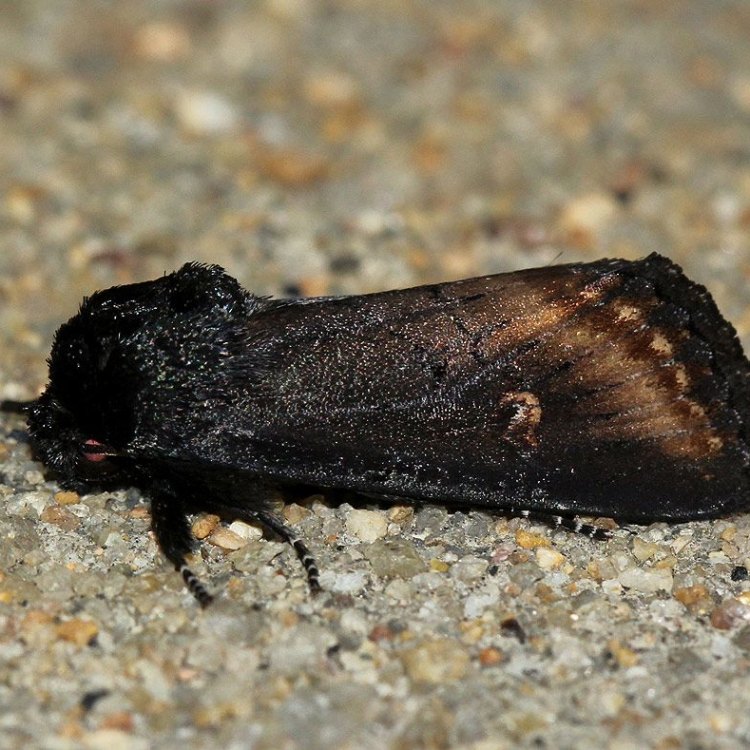
The African Sugarcane Borer: The Silent Enemy of Sugarcane Fields in Sub-Saharan Africa
Disclaimer: The content provided is for informational purposes only. We cannot guarantee the accuracy of the information on this page 100%. All information provided here may change without prior notice.

